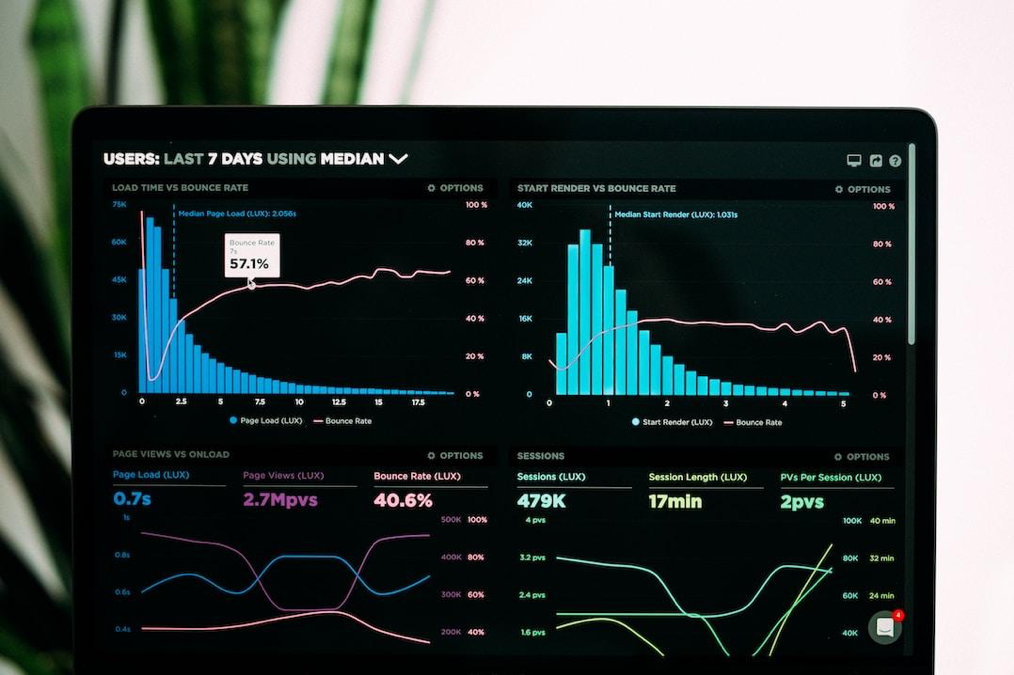As the technology landscape continues to evolve and businesses increasingly rely on data-driven strategies, the field of data analytics has emerged as a crucial aspect of decision-making. Within this broad field, one particular area that is gaining significant attention is performance data analytics. But what exactly is performance data analytics, and how does it work? In this article, we dive into the intricacies of this domain. Keep reading to learn more.
Contents
Understanding Performance Data Analytics

Performance data analytics involves collecting, organizing, and analyzing data to measure and understand the performance of various aspects of a business or organization. This can include analyzing data related to sales, marketing campaigns, customer behavior, production processes, and more. The goal is to gain insights and identify patterns or trends that can help improve performance, increase efficiency, and make informed decisions.
Performance data analytics can be applied across various departments within an organization. For example, in sales and marketing departments, this analytic approach can provide insights into customer behavior, help optimize sales processes, and identify the most effective marketing strategies. In production and operations, performance data analytics can be used to optimize supply chains, monitor equipment productivity, and improve operational efficiency.
The Integral Role of Data
Data plays an integral role in performance analytics. Without data, there is no way to track, measure, or analyze performance. Therefore, organizations collect vast amounts of data through automated systems and manual input. This data then serves as the raw material for the analysis process, allowing for statistical methods and algorithms to be applied to extract actionable insights.
However, simply having large amounts of data is not enough. The data needs to be accurate, relevant, and clean. Performance analytics especially requires high-quality data since it spins the gears of essential business decisions. Therefore, data cleaning and validation become an important initial step in the analytical process, helping eliminate redundancies, errors, and irrelevant information.
Once the data is cleaned, it’s fed into analytical systems where advanced algorithms work, identifying patterns, correlating data points, predicting future trends, and providing actionable insights. This automated process helps reduce the human error that may creep in during manual analytics, making the results more reliable and precise.
Implementing Performance Analytics
Getting started with performance data analytics involves strategic planning and technical execution. Businesses must identify key performance indicators (KPIs) based on their goals and objectives. These could range from generated sales leads, customer churn rate, employee productivity, etc. Being specific and clear about these indicators is vital, as they will guide the entire analytical process.
Following this, the necessary data must be collected and maintained. This could involve setting up data collection systems, sensors to record data, forms for manual input, and more. Establishing processes that regularly update and maintain this data is important to ensure its ongoing relevance and validity.
Finally, all the data and indicators are entered into a performance analytics system which uses advanced algorithms to perform the analysis. At this stage, the organization needs to interpret and understand the insights provided to take necessary actions.
The Impact of Performance Data Analytics

Performance data analytics has already started significantly impacting businesses across different sectors. By leveraging this technology, businesses find new ways to optimize operations, reduce costs, and increase sales. The predictive capabilities of performance analytics allow organizations to react to current situations, anticipate future possibilities, and prepare accordingly.
In addition, performance data analytics can significantly improve decision-making. By providing accurate, up-to-date, and actionable insights, organizations make informed decisions based on hard data rather than relying solely on intuition or other less reliable methods.
Despite the complexity and technicality of this methodology, performance data analytics is an arena worth exploring for any organization. The benefits, both immediate and long-term, can be substantial and can shape the future direction of a company.



